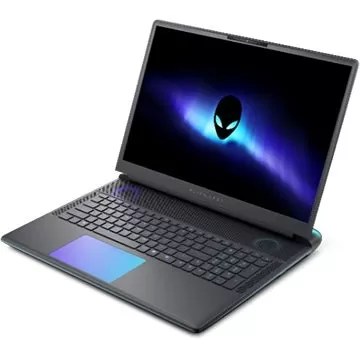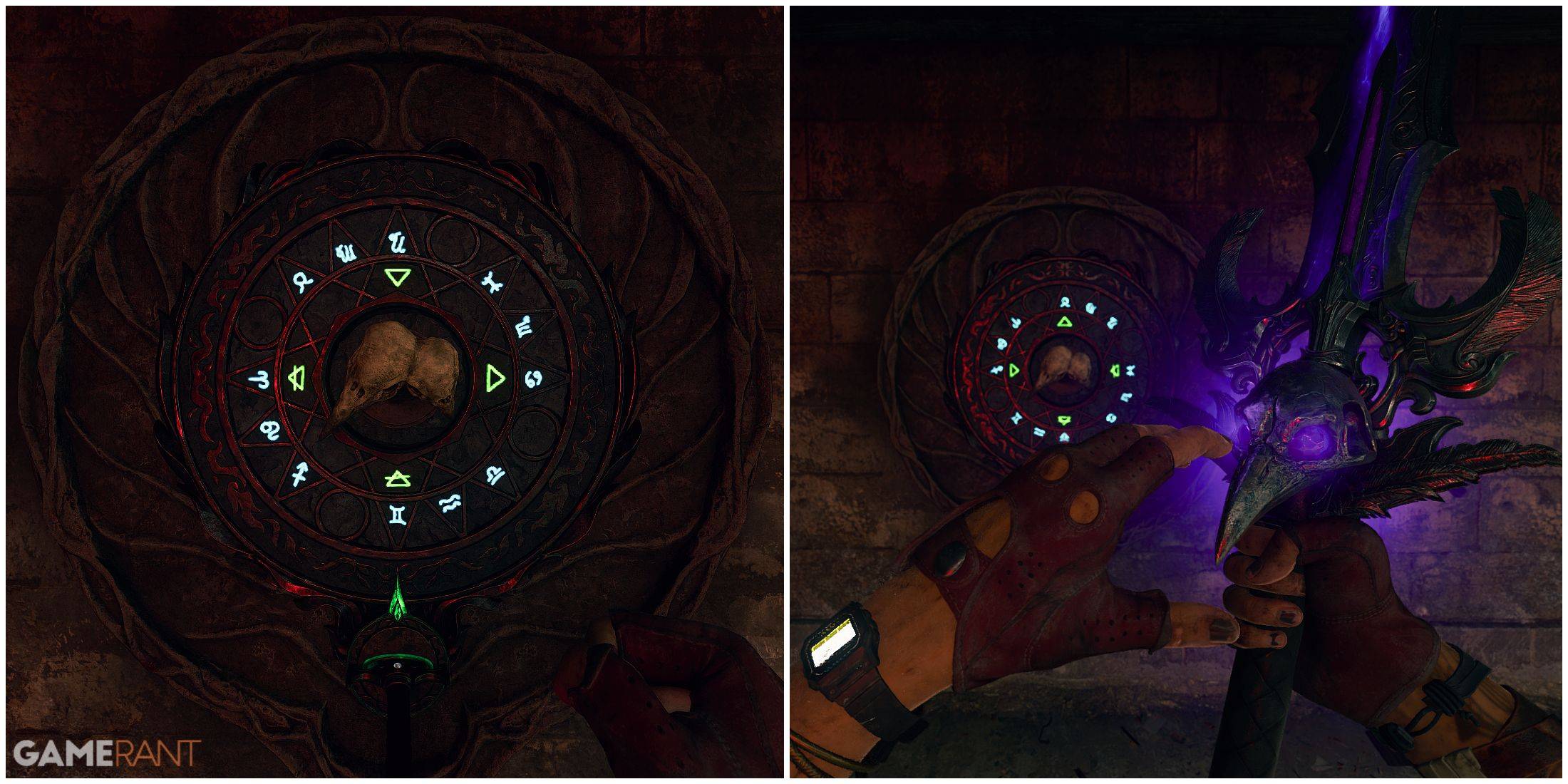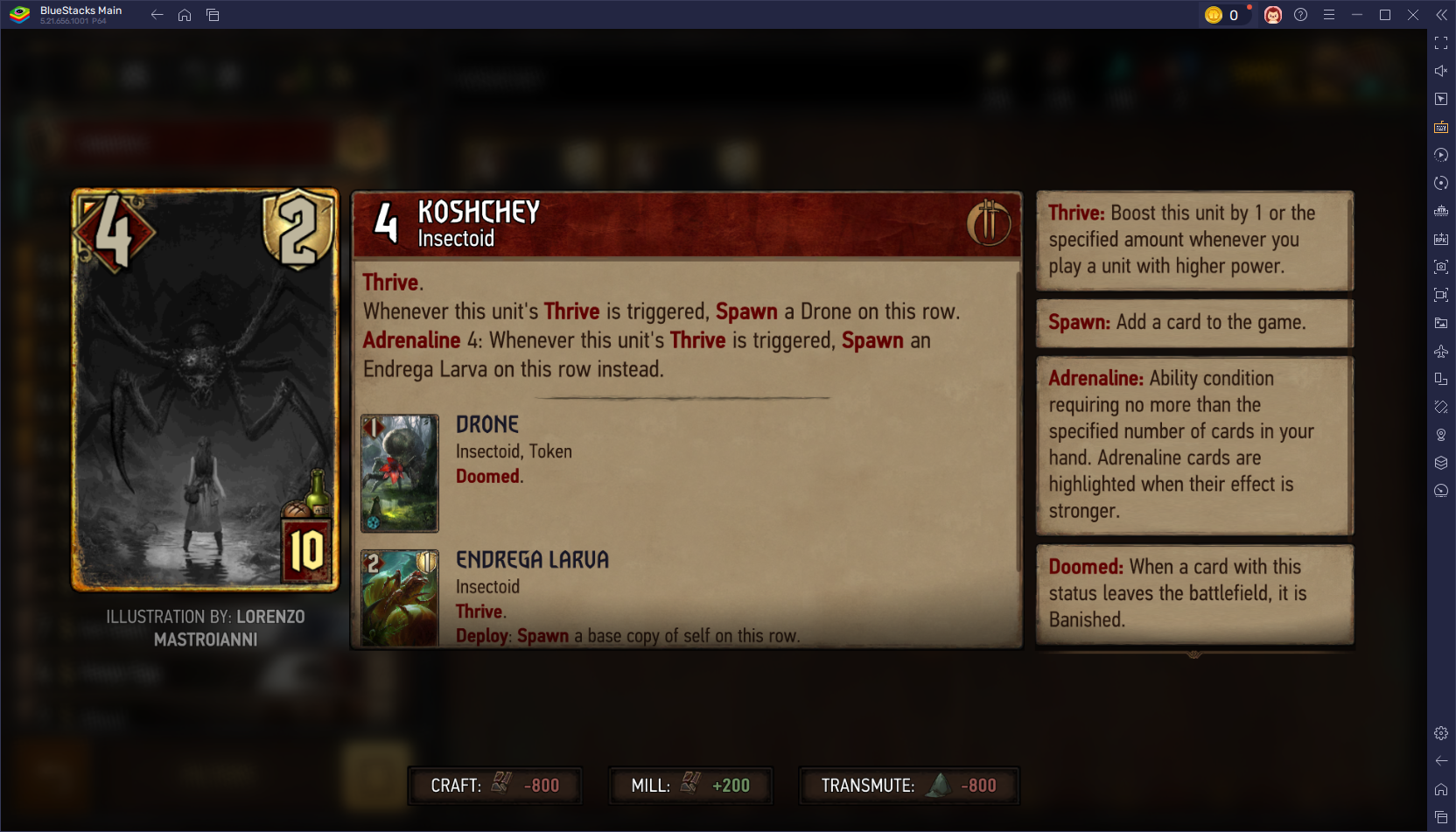SteamOS is \"Not Out to Kill Windows,\" Alleges Valve Developer
- By Aurora
- Mar 15,2025

Valve developer Pierre-Loup Griffais recently clarified SteamOS's position in the market, emphasizing that it's not designed to replace Windows. This article delves into his statements and explores the implications for both Valve and Microsoft.
Valve Developer Addresses SteamOS and Windows Competition
SteamOS: Not a Windows Killer, Says Valve
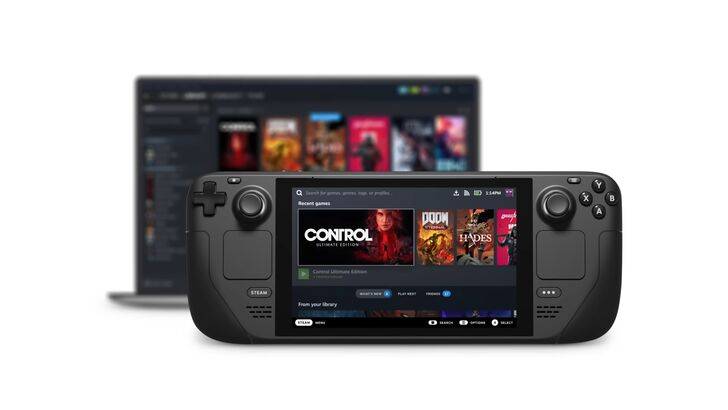
In a January 9, 2025 interview with French tech site Frandroid, SteamOS developer Pierre-Loup Griffais directly addressed the question of whether SteamOS aims to supplant Windows. The question stemmed from Valve president Gabe Newell's 2012 criticism of Windows 8. Griffais stated that SteamOS's goal isn't market share dominance or actively undermining Windows. He explained that if users are satisfied with Windows, there's no issue. The focus, he clarified, is on creating a system with distinct priorities and offering a viable alternative, providing users with more choice. The aim isn't conversion, but rather expanding options, particularly for gamers.
Lenovo's SteamOS-Powered Handheld: Expanding SteamOS Reach
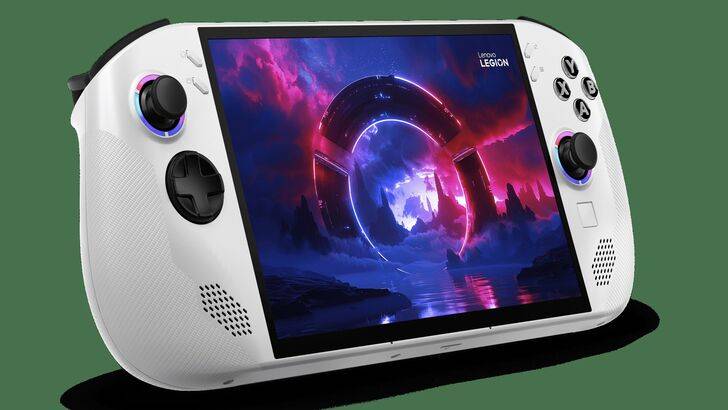
Microsoft's Windows operating system remains the dominant force in the PC market. However, the recent unveiling of Lenovo's Legion GO S handheld device at CES 2025, powered by SteamOS, marks a significant step for Valve's operating system. This is the first time SteamOS, previously exclusive to the Steam Deck, has appeared on another device, directly integrating Steam's vast game library. While not yet a market competitor to Windows, Griffais hinted at future expansion, suggesting that SteamOS's development is ongoing. This expansion could force Microsoft to reassess its strategy.
Microsoft's Response: Combining the Best of Windows and Xbox
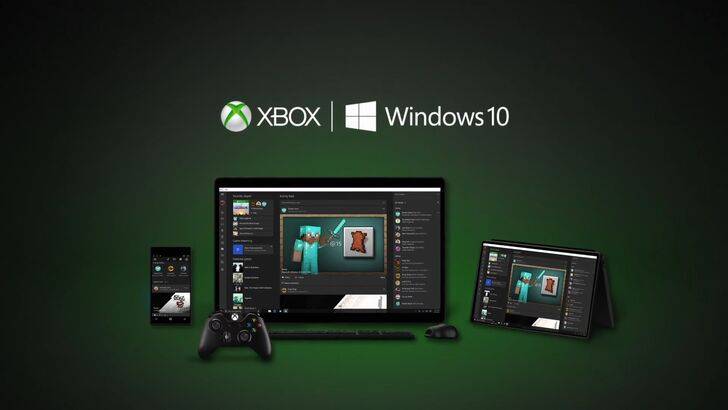
Microsoft's VP of "Next Generation," Jason Ronald, responded to Valve's advancements by outlining plans to integrate the best features of Xbox and Windows. With the growing handheld market, dominated by Nintendo Switch and Steam Deck, Microsoft is focusing on a player-centric approach, prioritizing game libraries and user experience. Details regarding Microsoft's strategy remain scarce, as their handheld device is still under development. For more information on Microsoft's plans, please see our related news article.
Latest News
more >-
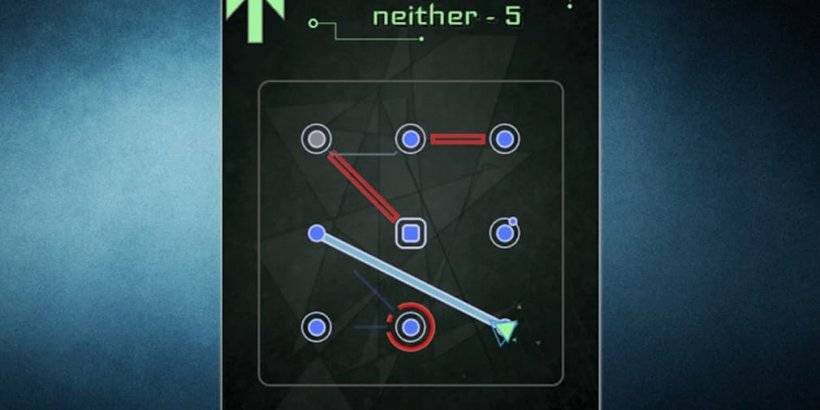
-

- Devs Revamp REPO's Overcharge & Scaling
- Jan 02,2026
-

-

- Final Fantasy 7 Rebirth PC pre-orders begin
- Jan 01,2026
-
